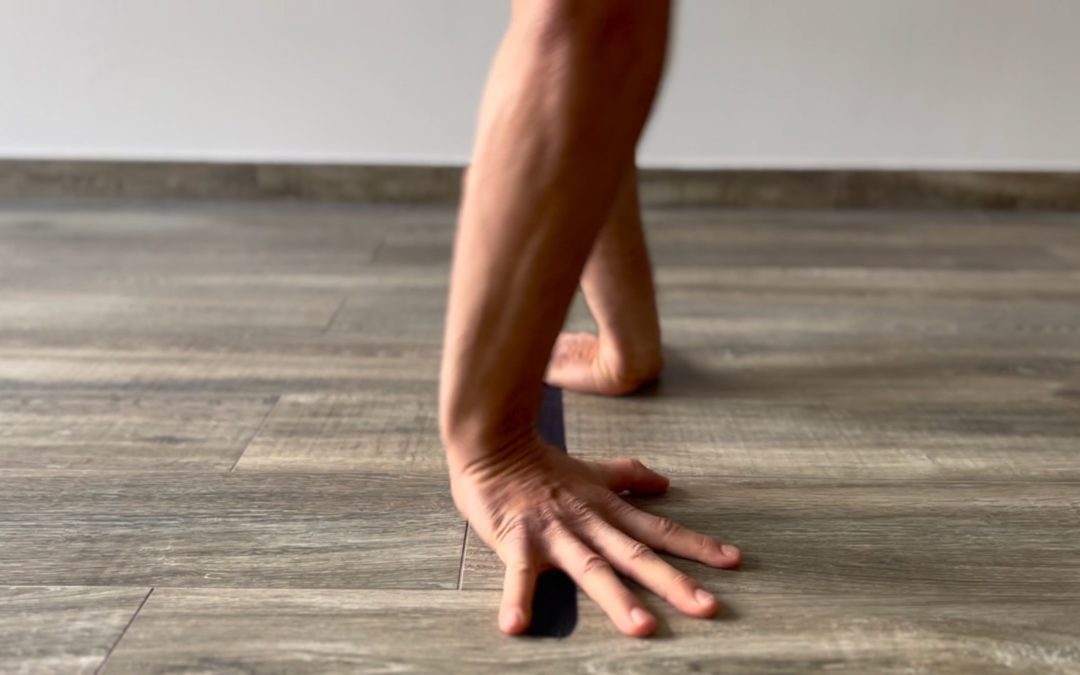
Acrobatics – Intro Protocol 1
Acrobatics – protocol 1
A. Sensory upgrade – eyes locking drill x 60” x 3 sets
Lock your eyes on the fingers of your partner. Without visually losing your target draw different trajectories in space with your head as a brush. Use different inclination of the torso, plane tilts and challenge yourself.
Goal. Improving eyes tracking, locking, softening or condensing the awareness in terms of velocity, processing and overall sharpness.
B. Spinwheels x 10 reps each
Perform a cartwheel spinning internally on the first hand that touches the ground. Do so while entering and exiting in four possible permutations:
B1. Same arm entry to same leg exit
B2. Same arm entry to opposite leg exit
B3. Opposite arm entry to same leg exit
B4. Opposite arm entry to opposite leg exit
Goal. Display a clear understanding of all the variations, well defined spins on the first hand and controlled landings.
C. Goalkeeper game – stationary variation x 90-120” x 5 sets / alternating with the partner
In the game, the keeper must prevent the ball from entering the goal. If the ball is rolled it needs to be caught by hands, if the ball is thrown it needs to be deflected using the feet. Simultaneously with the release of the ball the thrower should also command the keeper to use the right or the left limb to perform the defensive action.
Note for the thrower. Use wits and ingenuity to beat the partner, don’t use power.
Goal. Show adroitness and competence in sliding while catching the ball with your hands and high, quick, and precise swings of the legs when deflecting the ball with your feet.
D. Inverted walks x 2-5 cluster steps x 6 reps x 3 sets
From a standing position, take a step forward. Place the same hand of the stepping foot on the ground. Kick with the back leg towards a handstand. Take 2-5 steps (depending on your level) then come back down with a scissoring action. Do this forward, sideways and backwards in lines first and then progress to doing all the directions consecutively.
Goal. Working with 5 cluster steps x 6 reps in all sets use unbroken repetitions with a correct coordination.
Here’s the visual references to the exercises:
In hope this will serve bring awareness in what appears to be a difficult and distracting moment for most,
Until next time,
Marcello.
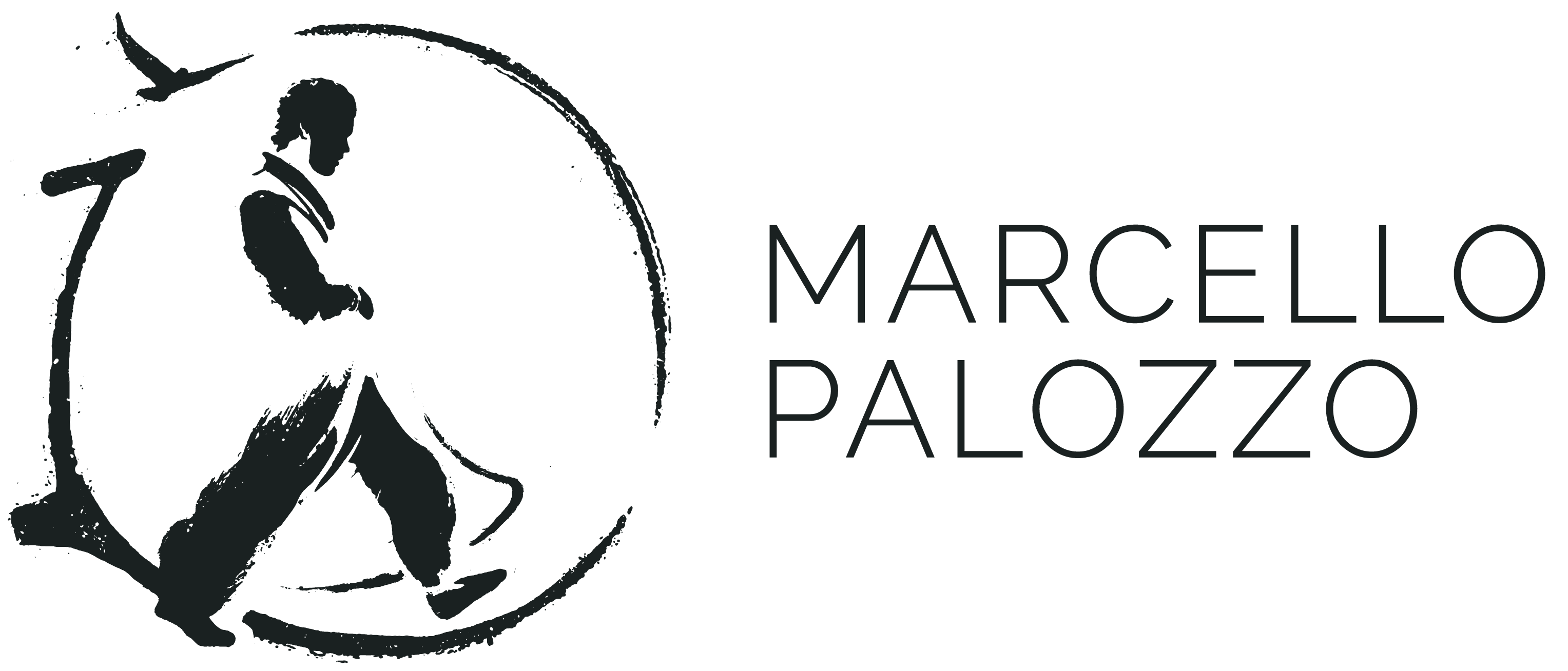
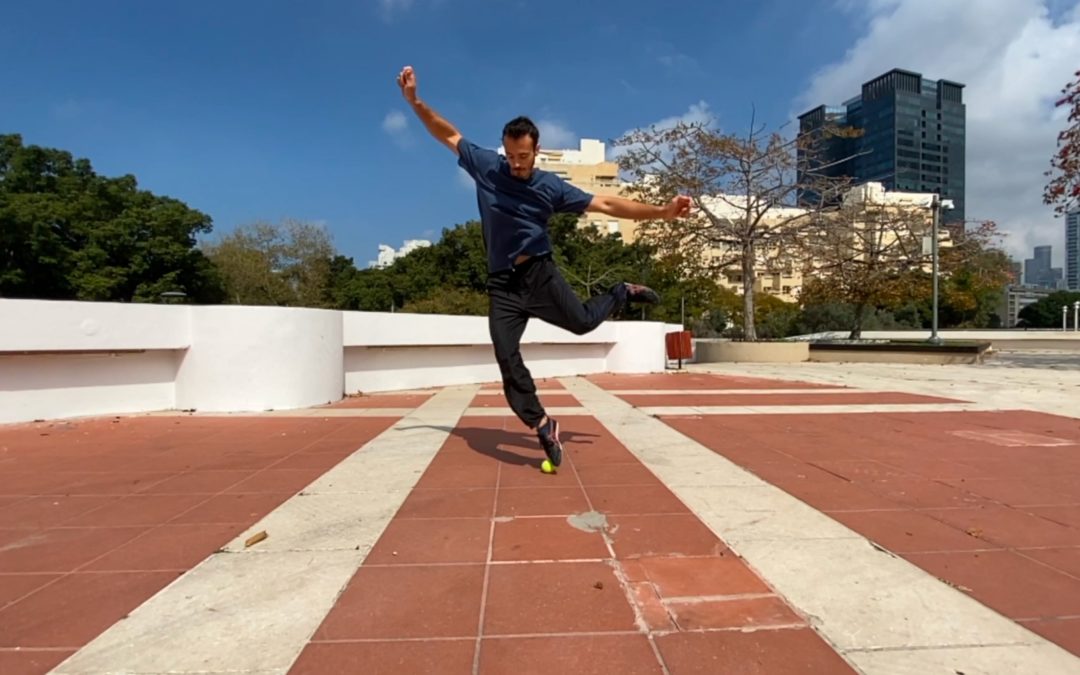
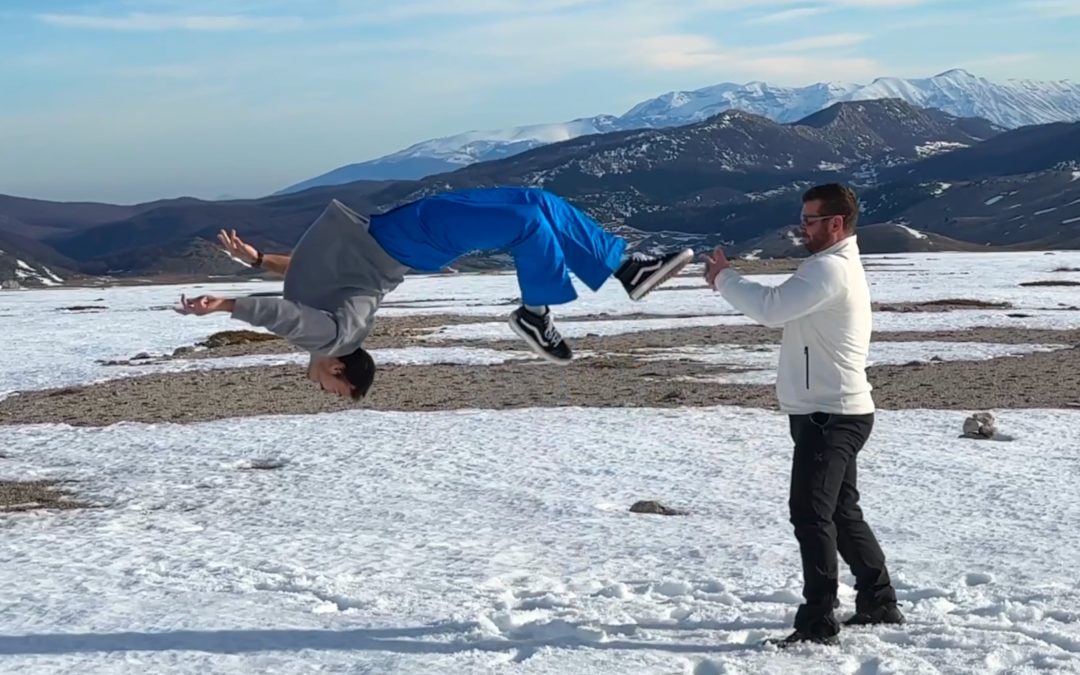
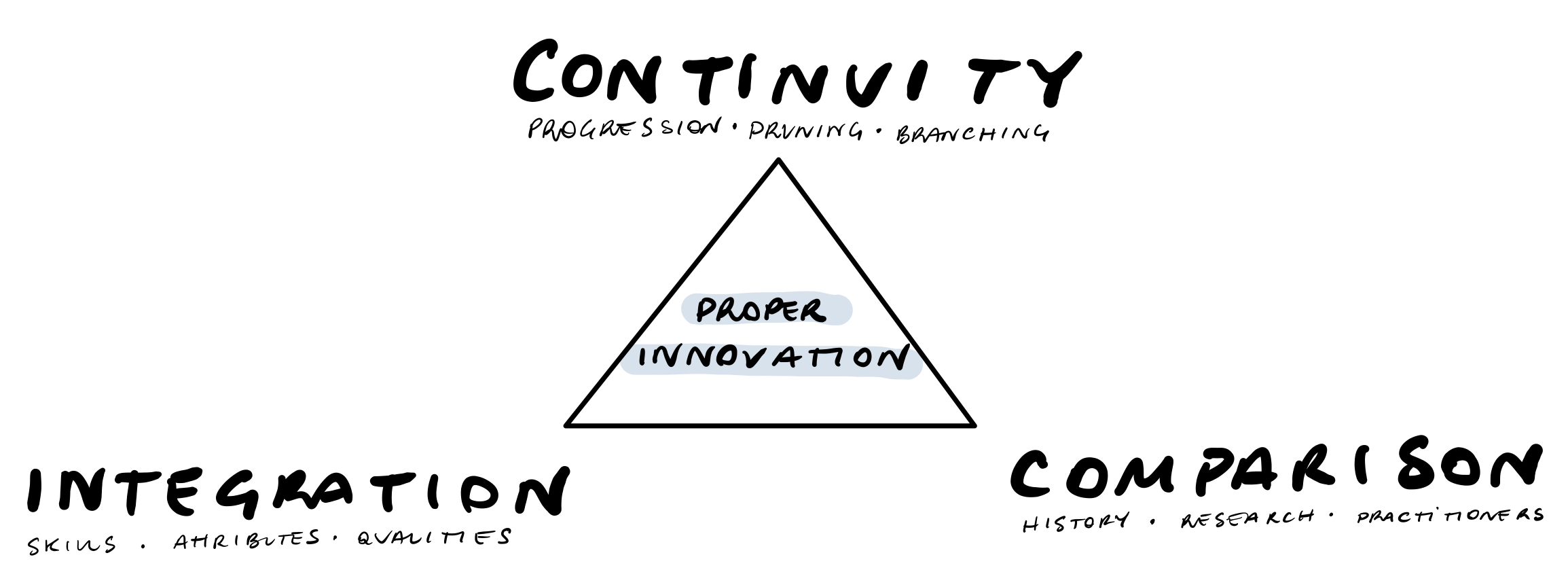
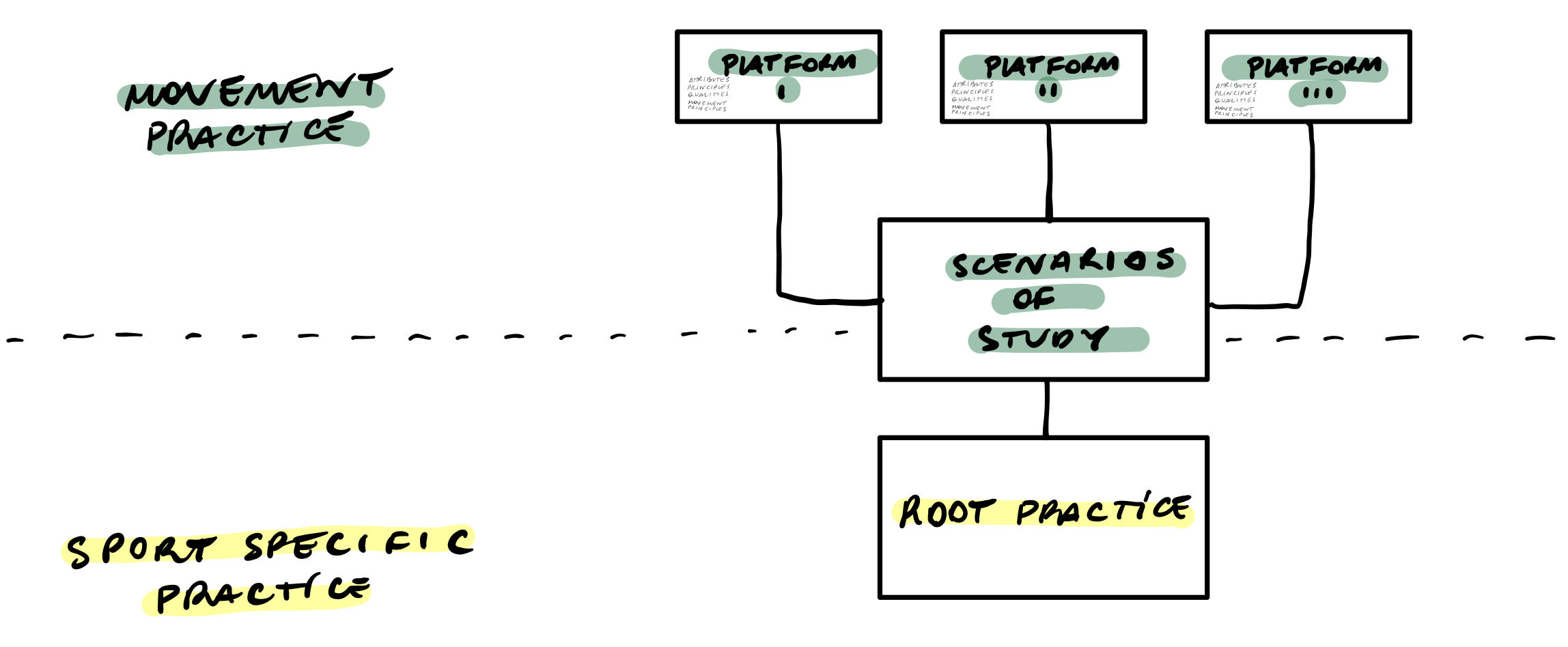
Recent Comments